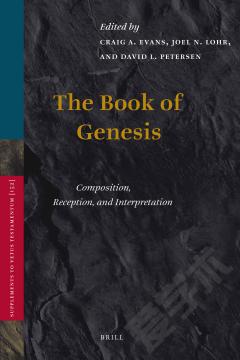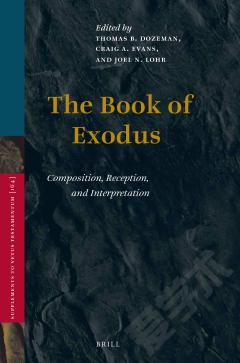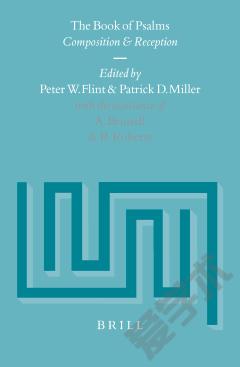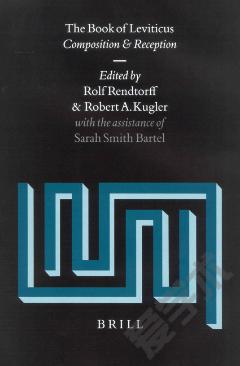The Book of Genesis —— Composition, Reception, and Interpretation
----- 创世纪书:组成,接收和解释
Two particular examples stand out. First, the authors interpret the sealings to defend their own understanding of imperial tax collection and distribution. They describe the distribution of stamp impressions to outline the primary and secondary administrative districts of Yehud as an office of imperial taxation under the aegis of greater empires. But the distribution of these impressions can only prove that products moved and were accounted for at administrative centers. By itself, this distribution cannot determine the degree of autonomy by which this product moved. Exchange of goods can be untraceable to modern excavation, so quantitative questions in regard to the relative significance of this distribution through yehÅ«d impressions remains ambiguous. Of course, Lipschits and Vanderhooftâs interpretation of Ramat Rahel as an imperial tax station for the Persian Empire may have merit, but conclusive interpretation must await further discussion with the content of forthcoming excavation reports from Ramat Rahel. Second, the overreliance on paleography for the Early and Middle Types requires more judicious consideration. Although the catalog contains hundreds of samples, the actual inventory of letters is quite limited, primarily centering on the dalet, he, waw, and yod. It is questionable whether such a limited sample can confidently classify these sealings, particularly when the organization of the entire volume revolves around chronology. For example, certain paleographic features that do not readily correspond to their chronology are dismissed as âarchaicâ (68). The problem is compounded when drawing paleographic comparisons to Persian Yehud coins (e.g., 69, 255), which is an exceedingly insufficient sample size, appear on different media, reflect different political purposes, and have more altered shapes through the usage and wearing of dies. Regardless of these shortcomings, the scholarly community welcomes this timely volume. Lipschits and Vanderhooft wisely center this early publication on these many yehÅ«d impressions, so readers can see that this collection of seemingly mundane sealings provides an unparalleled window into the complex administrative and economic life of Judah during Persian and Hellenistic era, perhaps more va luable than the palatial architecture, palmette capitals, or the royal water systems of Ramat Rahel.
{{comment.content}}








 京公网安备 11010802027623号
京公网安备 11010802027623号